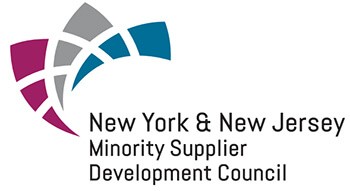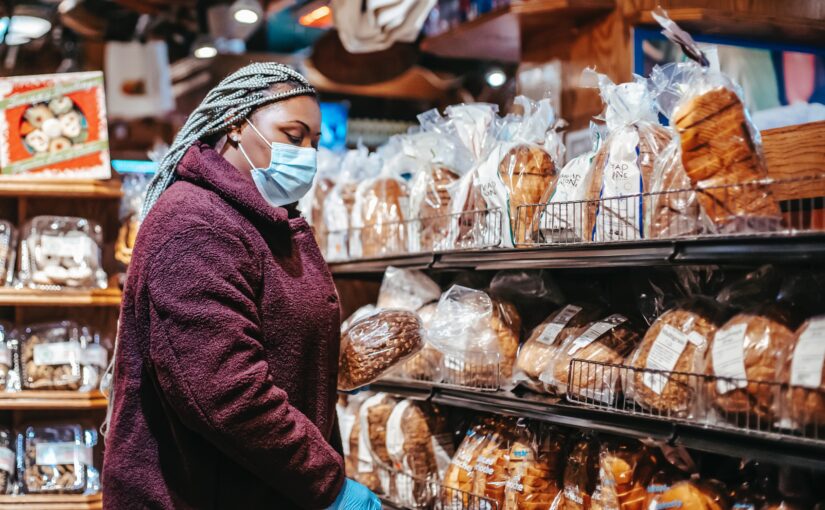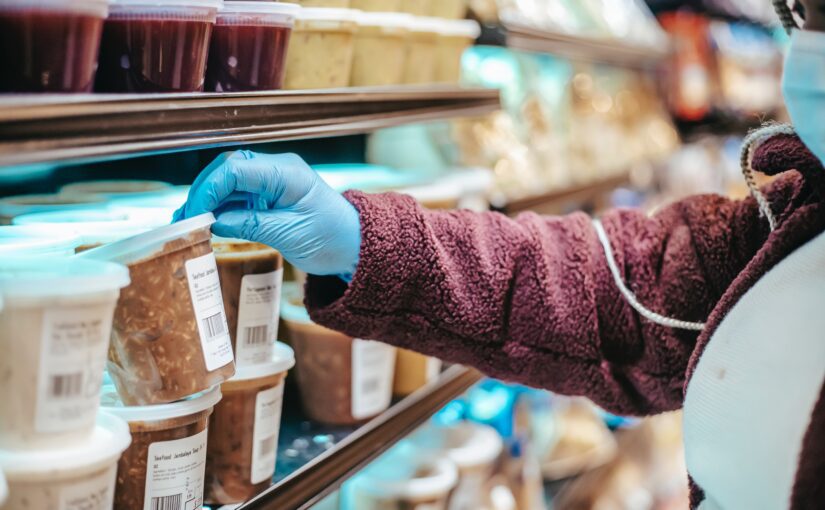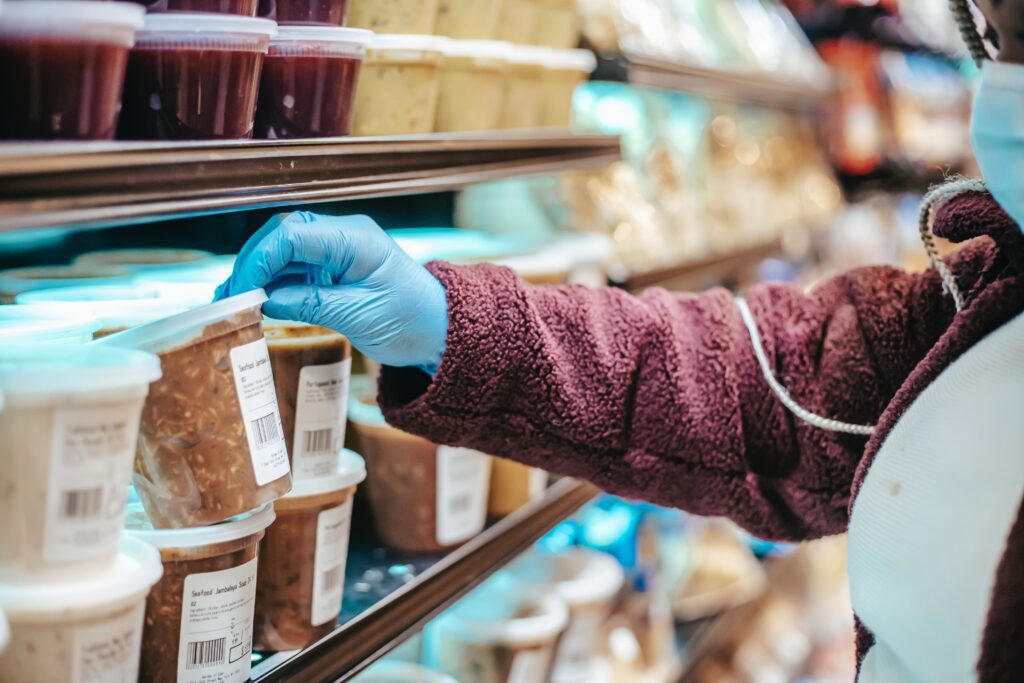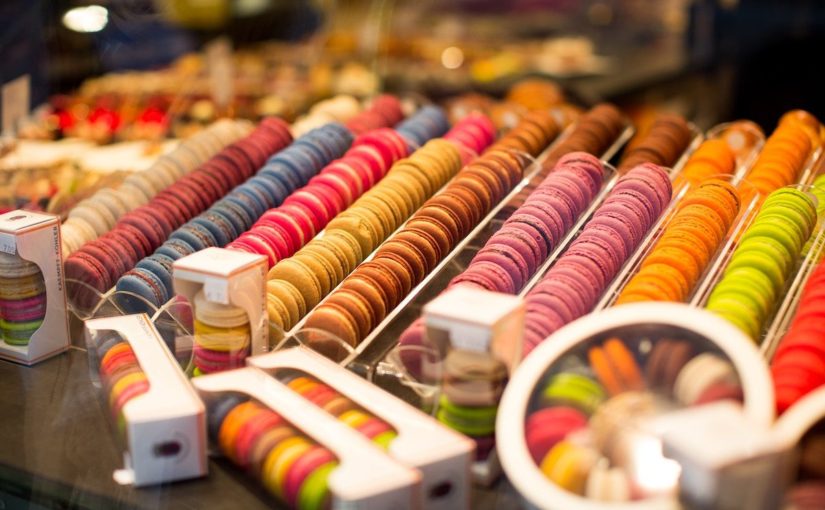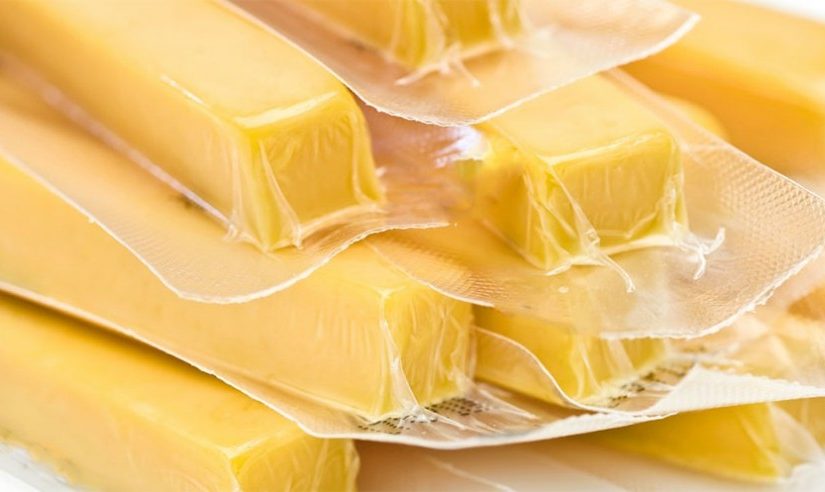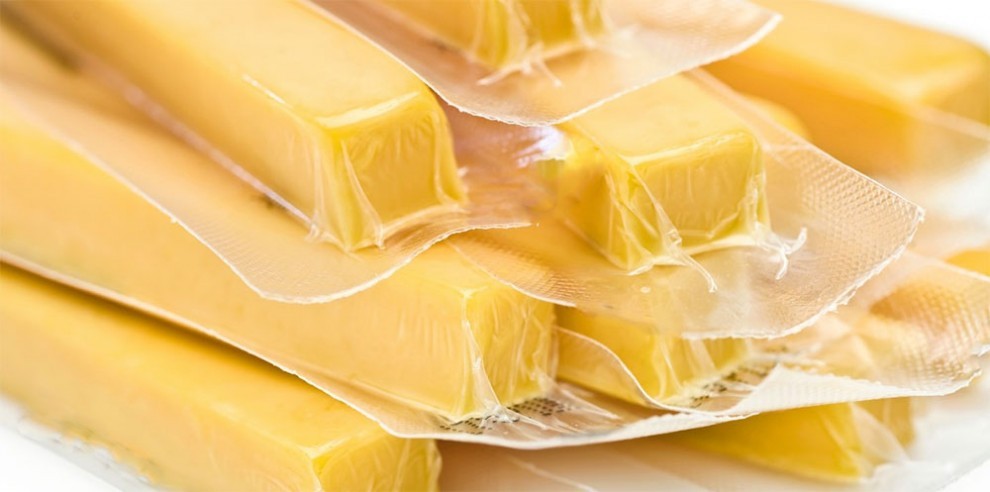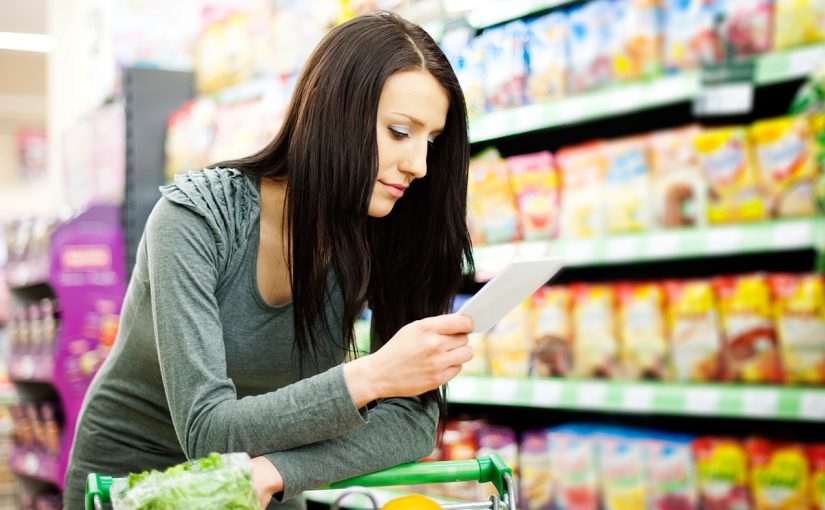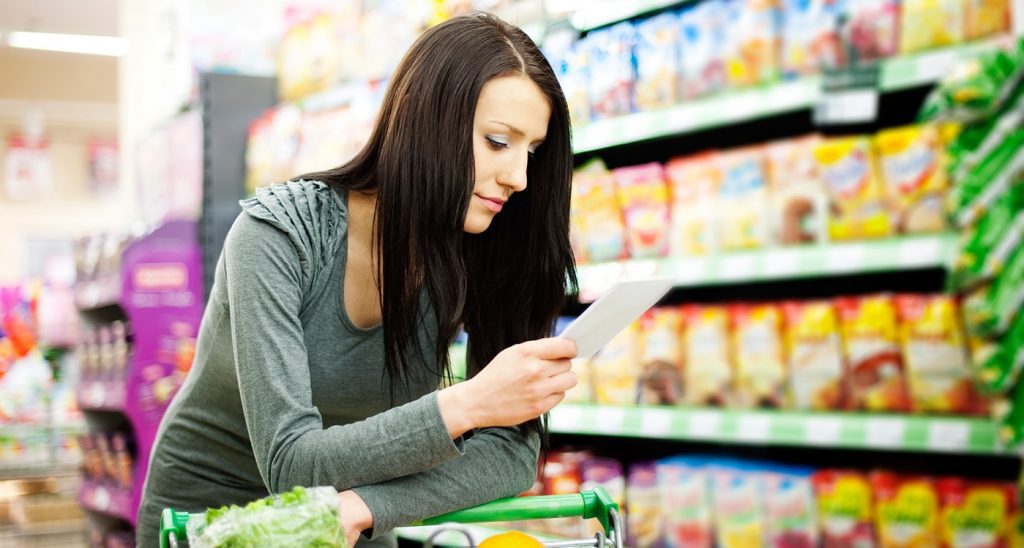The rise in demand for final goods alternatively known as consumer goods has been tremendous. The growing population heavily influenced by marketing adds to the value by being on the lookout for better and attractive packaging and manufacturers strive to enhance their strategies for added value. Especially in the food and beverage industry, good, eye-catching packaging matters from a sales standpoint.
There are several food packaging materials and alternatives, however, plastic packaging is deemed the most reliable and preferred from retail standards. It is also recommended for small-scale food businesses like hotels, restaurants, cafes, and bakeries, etc. Due to the durability and adaptability of retail plastic bags wholesale has retained its popularity and safely made its way to food packaging.
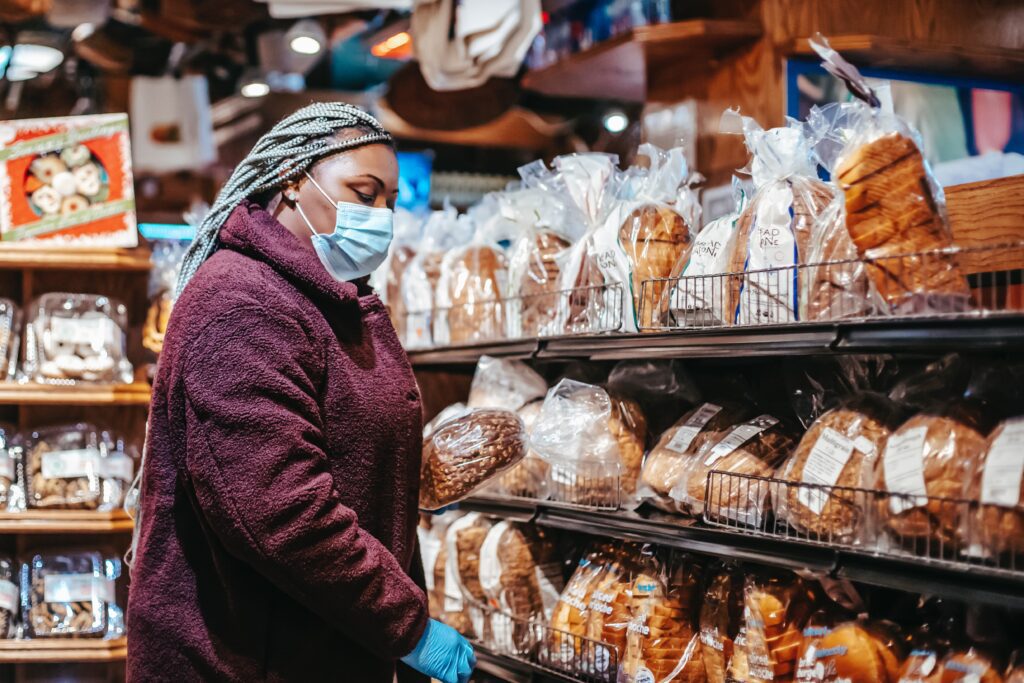
Debunking misleading Information
In this day and age, one cannot ignore the environment but it is the misinterpreted knowledge that does hamper the minds of people. For instance, the whole debate about sustainability and resourceful materials leads to severe actions against plastic packaging and materials.
• As per American Chemistry Council, plastic bags use 40-70% less energy compared to paper bag production in terms of production.
• It takes seven trucks to deliver paper bags for every single truck to deliver Custom plastic bags for packaging.
• Plastic packaging production requires only 4-5% of the amount of water needed to produce paper packaging.
• One pound of plastic requires a lot less energy to recycle than one pound of paper (more than 90% less energy)
• When it comes to air pollution, retail plastic bags wholesale production emits 70% less air pollution than paper bag production.
Advantages of Plastic Packaging Wholesale USA
1. Hygiene
Ideally, unpackaged foods or packaged using low-quality material is not considered safe for humans. Plastic packaging undergoes necessary and standard tests and controls which makes it ideal for food packaging.
2. Less Wastage
Contrary to the popular opinion, plastic packaging does not promote waste. It, on the other hand, extends the shelf life of food which prevents damage, and therefore, there is a lot less wastage compared to other packaging materials.
3. Efficiency
Plastic packaging is comparatively a lot more energy efficient than other materials. This makes it an efficient packaging material. According to American Chemistry Council, two pounds of plastics can commute 10 gallons of a beverage.
4. Weight
Plastic packaging for food is also a lot lighter. Even with the low weight, it offers high strength and durability. Any material other than plastic would weigh 4 to 5 times more than plastic in terms of food packaging. This means an evident reduction in carbon footprint due to ease in transportation.
5. Environment friendly
Times have changed, and so has technology. In this day and age, plastic packaging can also be re-used as fuel. Along with that it can be fully recycled and used again for new products.
6. Innovation
Plastic packaging has evolved with time and as per usage and environment. The pattern from the past two decades has been such that the weight of plastic per packaging unit has only been decreasing. The trend continues to show that the weight has reduced to more than 30%.
7. Creativity
Packaging ideas and designs know no bounds when it comes to plastic packaging. There are several properties that make this material multi-functional. This means one can create and manufacture Custom plastic bags for packaging in all shapes and sizes. This, in turn, improves brand visibility and image from a retail standpoint.
8. Functionality
Plastic packaging for food comes equipped with smart sensors and indicators that keep the consumers informed and alert about temperature fluctuations or external damages the product might have experienced. Also known as active packaging, it keeps the products fresh and extends their shelf life.
9. Economical
Irrespective of their benefits and potential, plastic packaging is considered highly economical which reflects in the end product. Small-scale manufacturers and business owners prefer plastic bags for food packaging due to its cost-effectiveness.
10. Durability
The high versatility of plastic allows it to be durable which helps it survive extreme temperatures. Therefore, there is no trace of degradation regardless of intense or slight moisture, dust, odors, light, or air quality. This preserves the standard of the beverage or food stored inside it. Its durable quality also makes the packaging shatterproof.
Plastic food packaging ensures that food items last longer and contributes remarkably less in terms of wastage and pollution. Along with that, good permeability and transparency make plastic packaging protect food from all kinds of mechanical influences and germs. This maintains hygiene levels and protection against all kinds of damage during transport. It implies the safety and protection of fresh produce and organic products.
Among all the benefits and advantages, one should learn to comprehend the correct usage of plastic packaging in a way that it harms nothing and no one. This is why it is important to rely on Plastic Packaging Wholesale USA for the best possible solutions in terms of food packaging for it has the world full of benefits to offer.
